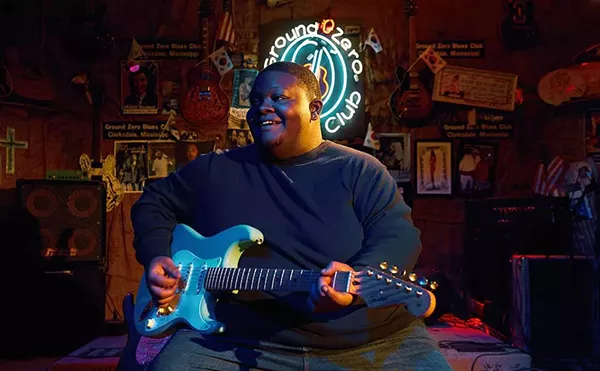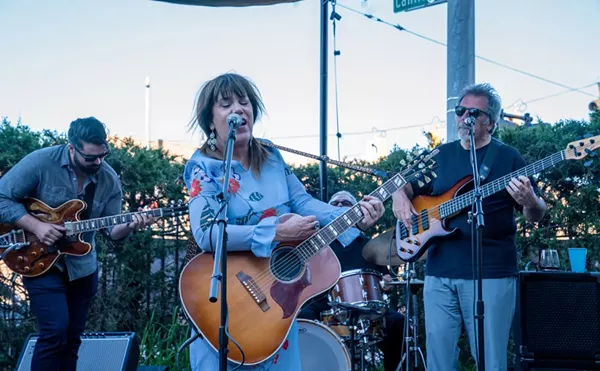
Audio By Carbonatix
[
{
"name": "GPT - Leaderboard - Inline - Content",
"component": "35519556",
"insertPoint": "5th",
"startingPoint": "3",
"requiredCountToDisplay": "3",
"maxInsertions": 100,
"adList": [
{
"adPreset": "LeaderboardInline"
}
]
}
]
Many of us were introduced to the Roots through the group’s second album, 1994’s Do You Want More?!!??! Though we would later get hip to the Roots’ 1993 release, Organix, it was clear from the start that the group’s MO was covering all aspects of hip-hop culture — save "b-boying," breakdancing and graffiti art — while using a live band as a foundation.
Even on the new album, Roots leader Black Thought — who attended Oak Park High School for two years — announces that you are listening to "the Foundation. As we approach the millennium, there are a lot of things in the world that are about to drastically change."
Despite the group’s creative consistency, it would appear to the naked eye — and ear — that the Roots have changed much. The group was introduced to the world during a time when jazz-influenced hip hop — Gang Starr and Digable Planets for example — was popular. But no one conducted a rawer experiment in hip hop-jazz than the Roots: Black Thought, Brother ?uestion (now known as ?uestlove), Malik B. and Leonard Hubbard.
Their third release, illadelph, made a triumphant transition to a sound that was mostly live instrumentation, and all hip hop. With keyboardist Kamal and human beatbox Rahzel now visible, it appeared that the group had taken on new membership, but fans who regularly attended the Roots’ ridiculously live stage shows knew better. The albums were critical successes, but struggled to sell.
The national rerelease of Organix — though it, too, sold poorly — served a greater purpose. It let the world know that the Roots were not studio virgins who had lucked out and popped a cherry on their first go-round, but seasoned musicians who’d honed their skill over a period of six years.
Things Fall Apart, the fourth CD, could be the project where respect and sales meet. Since its February release, it’s already outsold the previous three. The Roots’ new label, MCA, released five different album covers — can you say "marketing," boys and girls? — each one a historic black-and-white photograph meant to underscore the theme-title of the album. And there’s a DJ, Scratch, added to the lineup. In other words, there’s new energy.
The group’s live presentation goes to great lengths to remind hip hop from whence it came. The instruments these players swear by enable them to capture the sounds of the very records most producers sample. Thus, the Roots sample records on occasion, but spend most of the time sampling themselves. And who, but who, uses a beatbox anymore? Much less someone fresh enough to replace an entire drum track. They have revived the fans’ faith in live hip-hop shows, favoring spontaneity and rocking for up to four hours.
This Roots album is the branch that sprouts new limbs and sends them back into the earth. Between the weekly jam sessions the Roots host in New York — when not touring — to the retreats-study sessions the members have taken with producers such as Pete Rock and Jay Dee (Slum Village, not Jermaine Dupri), the Roots seem to have created a way to feed themselves. And, like the banyan, the Roots have used this cycle to outlive others. Khary Kimani Turner covers the hip-hop nation for Metro Times. E-mail letters@metrotimes.com





